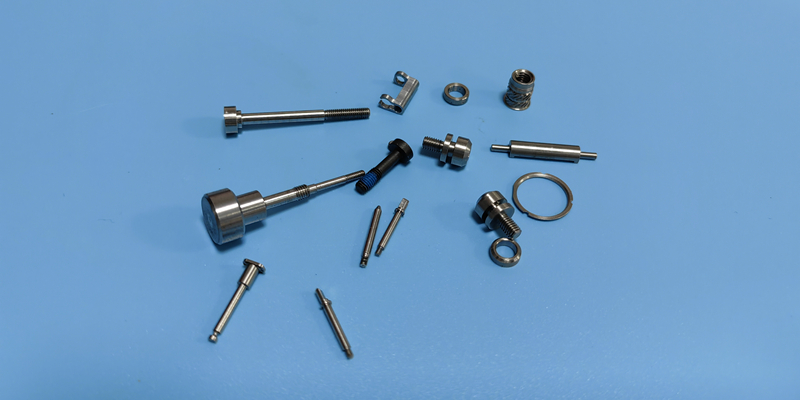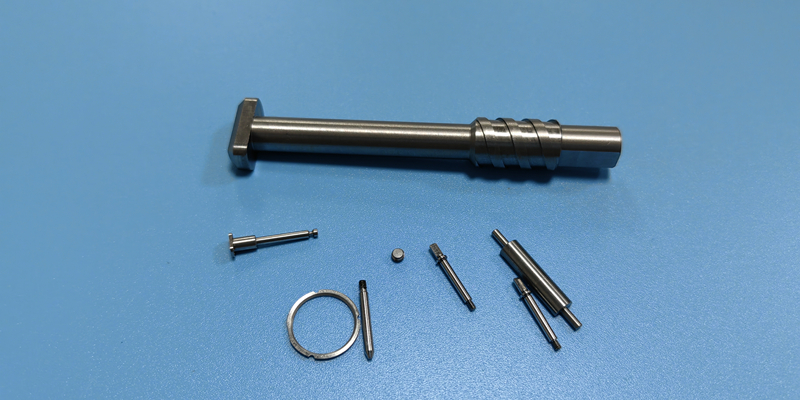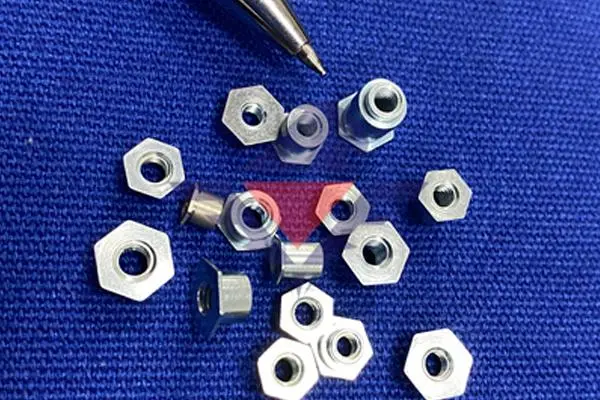Search
What are you looking for?

In any area that microns matter, micro machining is not only necessary, it is a requirement. Whether it is micro-sized medical implants being manufactured, aerospace components or parts for highly complex electronics, it will come down to precision at the microscopic level to determine success or failure.
Today, let’s deep-dive into what micro machining is, how accurate it can be, what some of the common problems are, and what the proper machining provider is to make a large difference in your success--like Falcon CNC Swiss.
1. What is the difference between CNC and Precision Machining?
CNC machining and Precision machining is overlapping but there is a shaded difference.
CNC Machining is a general description referring to any machining process controlled through computer numerical control (CNC), which can produce larger or small parts with decent tolerances.
Precision machining is specific and concerns machining methods for achieving extremely tight tolerances and perfect finishes beyond what is expected underway with CNC machining.
When you move toward micro machining tolerances are often less than 5 microns--that's less than 0.005 mm and that is very small!

2. What is the Micro Machining Process?
Micro machining uses extremely specialized CNC machines, tools and techniques to manufacture parts or features that are very small--but it is still a machining process.. Here is the basic spoiliation:
Material Selection: Ultra-stable materials are chosen such as titanium, stainless steel or high grade polymers.
Tool Selection: Tools can get very small-sometimes thinner than a human hair!
Cutting With Precision: Multi-axis micro CNC machines perform highly fine operations using micro end mills, drill bits, or lasers.
Verification: Parts typically are checked with super-micrometers / CMM (Coordinate Measuring Machines) designed for micro scale components.
3. What are the Disadvantages of Micromachining?
Despite all the advantages micro machining provides, it still has a few disadvantages:
Fragile Tools: Tiny cutting tools are fragile and easily broken by today's standards.
Higher Cost: This method requires specialty tools, specialized operators and slow production speeds, and ends up costing more.
Longer Lead Times: Producing parts with sub-micron tolerances takes time and cannot be rushed.
Material Restrictions: Some materials do not machine well at the microscale.
Even with the disadvantages, the advantages of high precision, high performance parts outweigh the negatives, especially in the medical device or aerospace industries.
4. How Precise is Micro Machining?
Very precise.
Today, modern micro machining centers can maintain tolerances of ±1 to ±5 microns depending on the part's complexity and the material being machined.
More perspective:
A human hair is approximately 70 microns in thickness.
Micromachining can create tolerances down to 70 times less than a human hair!
At Falcon CNC Swiss, we routinely provide ±2 micron precision for mission critical parts.

5. Which Machining Process is More Precise?
Among conventional machining processes, micro machining is the most accurate machining process.
Micro CNC machining provides the most accurate machining results in small spaces compared to CNC turning, milling and even precision grinding operations, especially if a high-end 5-Axis system is utilized.
6. How Accurate is a Super Micrometer?
Super micrometers are typically used to verify the dimensions of micro machined parts. Super micrometers can accurately measure dimensions down to 0.1 microns (or 0.0001mm).
This allows ultra high precision validation of the dimension of parts when every single micron counts.
7. Who Makes the Most Accurate Micrometers?
Super-precision micrometers include micrometers produced by:
Mitutoyo (Japan): A World leader in precision instruments.
Starrett (USA): A popular brand in the aerospace and defense market.
Mahr (Germany): Known for providing metrology grade precision instruments in R&D laboratories.
At Falcon CNC Swiss, Mitutoyo high precision super micron meters represent the majority dimension inspection instruments used in the metrology lab.
8. What is the #1 Cause of Mistakes When Using Micrometers?
Operator errors.
Some common mistakes when using micrometers or super micrometers include:
Not zeroing the micrometer BEFORE using it to measure something.
Using too much measuring force, too small of parts will deform it.
Dust or oil or contamination will skew readings.
At Falcon CNC we understand that all the fancy, expensive micrometers in the world are really only as as good as the technician measuring with it. This is why training and calibration are part of the standardized practice at Falcon CNC Swiss.

9. What is a Micrometers Minimum Count in Microns?
The minimum count for a standard micrometer is usually 1 micron (0.001mm).
For super micrometers, the minimum count would probably be 0.1 microns.
10. Why Choose Falcon CNC Swiss?
If your project is this mission critical you need a partner who has:
5-axis micro machining centers capable of variety of tolerances and material sizes.
Micro fabricators trained and experienced in making super duper small parts.
Super micrometers with inspection standards available
Experience in machining parts for medical devices, aerospace components, defense industries, or electronics.
When your project absolutely needs micron excellence, look no further than Falcon CNC Swiss.
Looking for some ultra precision micro machining?
Contact Falcon CNC Swiss to begin your journey into the future of ultra-precision micro scale micro machining.